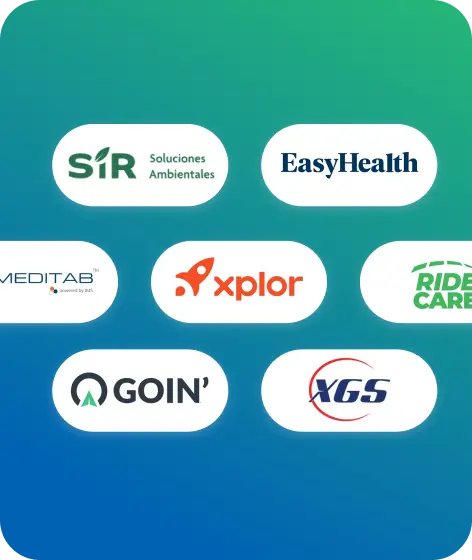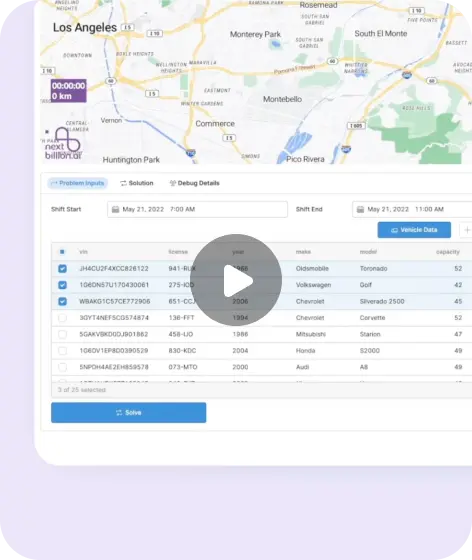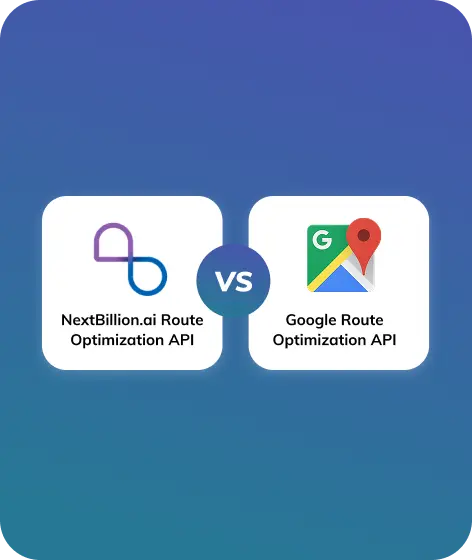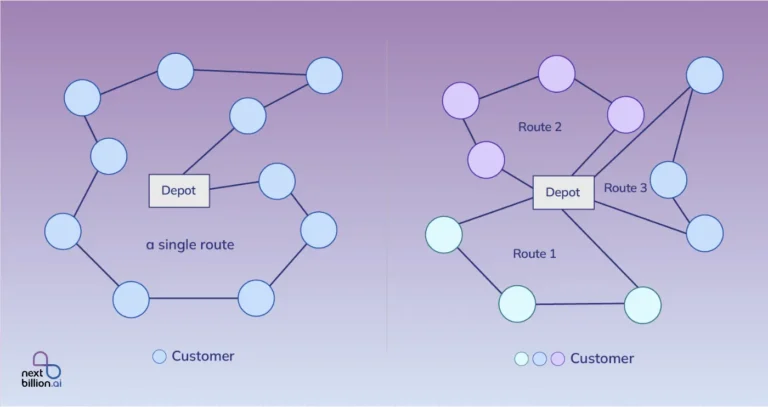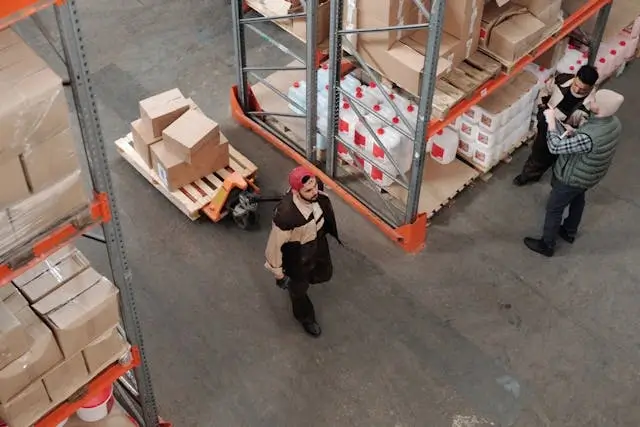
Table of Contents
In 2016, the European Union passed a sweeping regulation that would ripple across industries worldwide—the General Data Protection Regulation (GDPR). By the time it came into force in 2018, companies had begun reshaping how they collected, stored, and shared personal data. GDPR ushered in a new era where data privacy became a fundamental right rather than a secondary concern.
For tracking apps, this shift has been particularly transformative. These tools rely heavily on user data—location coordinates, movement patterns, and behavioral insights. GDPR introduced boundaries that reshaped the way developers think about consent, transparency, and security. Suddenly, the invisible infrastructure powering apps had to adapt, balancing innovation with accountability.
Yet, to fully grasp the impact of GDPR, it’s essential to understand its roots, purpose, and broader application. This article explores how GDPR has impacted tracking apps, the challenges it presents, and strategies to ensure compliance while maintaining user trust.
Key Takeaways
- GDPR sets strict rules for how tracking apps collect, store, and share user data.
- Consent must be clear and transparent, with users fully understanding how their data is used.
- Limited data collection challenges tracking apps to maintain accuracy with smaller datasets.
- Non-compliance risks fines of up to 4% of global revenue and loss of user trust.
- Clear privacy policies and intuitive tools for data access and deletion are essential.
- Robust security measures like encryption and regular audits protect sensitive user data.
- GDPR is shaping global privacy laws and remains central to modern data governance.
- NextBillion.ai’s solutions align with GDPR, ensuring compliance without compromising functionality.

The Purpose of GDPR
The General Data Protection Regulation (GDPR) exists to put people back in charge of their data. Rolled out in 2018, it’s a straightforward yet powerful promise to EU citizens: your personal information is yours to control, and organizations must handle it with care and respect.
For businesses, GDPR sets clear expectations for how data should be managed responsibly. Embracing these principles goes beyond compliance—it’s an opportunity to earn trust and meet rising demands for transparency in a data-driven world.
GDPR Requirements for Tracking Apps

GDPR sets a high bar for how tracking apps handle user data, demanding accountability and transparency at every step. Below, we break down the key requirements tracking apps must meet to align with GDPR.
Consent for Data Collection
Tracking apps must obtain clear, informed, and specific consent from users before collecting their data. Ambiguous language or pre-checked boxes don’t cut it—users need to know exactly what they’re agreeing to. If a delivery app is tracking a driver’s location to optimize routes or provide accurate ETAs, it should clearly explain that. Users should immediately understand what data is being collected, why it’s needed, and how it will help—not buried in legal jargon, but in plain, simple language.
Right to Erase the Data
Users have the right to request the deletion of their personal data at any time. The “right to be forgotten” ensures individuals retain control over their digital footprint. For logistics and mapping platforms, this means providing users with a seamless way to delete sensitive information, such as location history, delivery records, or account details. Importantly, the process shouldn’t feel like an uphill battle—users should be able to initiate data deletion through an intuitive app feature or a straightforward support request.
To comply with this requirement, tracking apps have to implement robust backend systems to ensure that data is erased across all storage locations, including third-party integrations or backups. Failing to do so can result in hefty GDPR fines and reputational damage. Offering transparency about the deletion process—such as confirmation notifications and a timeline for when data will be fully removed—can further reassure users..
Right to Access the Data
The right to access personal data means users can see and understand exactly what information a platform, a tracking app holds about them. For logistics and mapping platforms, this might include location history, delivery records, or how their data has been used to improve operations.
It’s a practical challenge for businesses: systems need to consolidate data across various integrations, ensure accuracy, and present it in a way that’s easy to understand.
Privacy Policies Transparency
Privacy policies in tracking apps shouldn’t feel like a chore to read—they should feel like a handshake. The privacy policy copy should ideally strip away the legalese and present data practices in straightforward, relatable language. Users need to know exactly what data is being collected, why it’s collected, and who might see it.
For a logistics or mapping platform, this could mean breaking it down further: Is user location data stored temporarily or permanently? Is it shared with fleet operators, delivery partners, or analytics tools? A well-written privacy policy answers these questions upfront..
Third-Party Data Sharing Requirements
Third-party data sharing is where trust is often tested. When tracking apps share user data with external partners—be it logistics providers, analytics platforms, or cloud services—they must do so with complete transparency. GDPR requires businesses to tell users exactly who’s receiving their data, why it’s being shared, and how it’s being protected every step of the way.
Logistics and mapping platforms have to answer critical questions: Are location details shared with delivery partners to optimize routes? Is performance data sent to analytics tools to refine operations? Each handoff of data needs to be accounted for, with guarantees that partners follow GDPR’s strict standards.
Data Security Measures
Tracking apps must employ strong encryption to shield sensitive information, conduct regular audits to catch vulnerabilities, and have response plans ready to mitigate the impact of breaches.
For logistics and mapping platforms, the stakes are high. A breach involving fleet locations or delivery schedules could jeopardize operations or even safety. It’s about protecting every touchpoint—ensuring APIs that connect to third-party services are secure, cloud storage is fortified, and internal systems are resilient.
Impact of GDPR on Tracking Apps
GDPR has encouraged tracking app developers to rethink the way they handle user data. On web, desktop, and mobile platforms, the regulation has introduced strict requirements that influence everything from data collection practices to the costs of staying compliant. These changes have created both challenges and opportunities in route tracking and optimization.
More Focus on Acquiring Consent
Route tracking apps now prioritize obtaining explicit consent before collecting data. Apps must explain why data is being collected and how it will be used, without resorting to vague language or legal jargon. For logistics and mapping platforms, this might mean detailing how geolocation data improves delivery times or enhances route optimization.
Reduce Accuracy Due to Limited Data Collection
Under GDPR, apps are restricted to collecting only the data necessary for their operations. While this aligns with user privacy expectations, it can create challenges for tracking apps that rely on large datasets for precision. Logistics platforms, for example, may find it harder to predict traffic patterns or refine ETAs when they’re working with incomplete information. The tradeoff is clear: stricter data collection practices can reduce tracking accuracy, forcing apps to innovate and extract more value from smaller datasets while staying compliant.
Increased Costs

GDPR compliance comes with significant operational costs. Tracking apps must invest in secure infrastructure, data encryption, audit processes, and legal expertise to meet regulatory standards. For logistics and mapping companies, this might include upgrading APIs, conducting regular system checks, or establishing clear workflows for user data deletion and access requests. These investments, though necessary, can strain resources—particularly for smaller businesses navigating the compliance landscape for the first time.
Penalties for Non-Compliance
Non-compliance with GDPR isn’t an option. Penalties can reach up to €20 million or 4% of global revenue—whichever is higher. For tracking apps, the stakes are high. Beyond fines, there’s the reputational damage that comes with a public breach of trust. A single incident can erode user confidence and have long-term effects on business viability. Adhering to GDPR is more than a regulatory obligation; it’s a safeguard against both financial and operational risks.
How to Ensure GDPR Compliance for Tracking Apps
For tracking apps, ensuring GDPR compliance can feel like walking a tightrope. These platforms rely on user data to deliver accurate, real-time insights, yet GDPR imposes strict rules that challenge traditional data practices. Balancing the need for granular data with the requirement to protect user privacy isn’t easy—especially for apps that manage complex logistics or provide geospatial solutions. But while the challenges are real, so are the opportunities.
Here are some actionable best practices for tracking apps to achieve and maintain GDPR compliance:
1. Reimagine Consent Mechanisms
Forget the fine print. Build consent processes that are transparent, engaging, and tailored to your app’s functionality. For example, instead of a generic consent form, explain how tracking data is used to optimize delivery routes, reduce fuel consumption, or enhance customer experiences. Make consent dynamic—allow users to adjust permissions without friction as their needs change.
2. Adopt Data Minimization Practices
Collect only the data you truly need and justify why it’s essential. For logistics platforms, this might mean gathering real-time location data during active deliveries but anonymizing or discarding it afterward. A smaller dataset reduces compliance risk and demonstrates a commitment to privacy without sacrificing operational efficiency.
3. Create an Intuitive Data Access System
Users have the right to access their data, but that process should be simple and empowering—not overwhelming. Invest in a user-friendly dashboard where customers can view, download, or even delete their data effortlessly. For logistics apps, this could include letting drivers access route histories or enabling customers to check delivery logs.
4. Secure Every Touchpoint
Ensure that APIs connecting to third-party tools are secure, data stored in the cloud is encrypted, and regular penetration testing is part of your routine. Build breach response plans that prioritize fast, clear communication with users and regulators if an incident occurs.
5. Develop Clear Privacy Policies
Your privacy policy is a mirror of your values. Write it in plain language and explain how data flows through your system. Be explicit about third-party integrations, retention timelines, and how users can exercise their rights. For tracking apps, specificity matters—outline exactly what happens with location data after a trip ends or a delivery is completed.
6. Continuously Audit and Update Compliance Practices

GDPR compliance isn’t a one-time task; it’s an evolving process. Regularly audit your data collection, storage, and sharing practices to ensure they align with GDPR and emerging regulations. For platforms operating across multiple regions, stay updated on local data protection laws to avoid unexpected pitfalls.
7. Educate Your Team

Compliance doesn’t just sit with legal or IT teams—it’s everyone’s responsibility. Train developers, product managers, and customer service teams on GDPR principles so privacy becomes part of your app’s DNA. A team that understands the importance of compliance can proactively identify and address risks before they escalate.
8. Leverage Privacy by Design
Integrate privacy measures from the ground up. When building new features or updating existing ones, consider how data is collected, processed, and stored. For example, tracking apps could offer users the option to pause location tracking temporarily, giving them more control without disrupting functionality.
Is GDPR Here to Stay?
To understand whether GDPR is a passing storm or the dawn of a new era, it’s worth asking a larger question: Why did it emerge in the first place? GDPR wasn’t born out of bureaucratic ambition; it arose because data—our clicks, movements, purchases, and preferences—has become the currency of the modern economy. And, like any currency, its misuse has consequences.
For years, data collection grew unchecked, feeding algorithms and companies that knew more about individuals than the individuals knew about themselves. But then the world woke up—scandals like Cambridge Analytica showed the consequences of unregulated data use, turning privacy concerns into a global debate. GDPR became the first real attempt to wrest control back from corporations and hand it to the individual. From India’s Data Protection Bill to California’s CCPA, its principles are shaping data protection laws worldwide.
For mapping platforms and route tracking apps the regulation is a wake-up call to build systems that don’t exploit data but respect it.
GDPR is here to stay, not as a static set of rules but as a living framework that adapts to how technology reshapes society. Its relevance will only grow as data continues to expand its role in our lives.
NextBillion.ai and GDPR
At NextBillion, GDPR compliance is central to how we design and deliver tracking solutions. Every feature we build aligns with the principles of data protection, transparency, and user empowerment, ensuring our clients can rely on our tools to operate within GDPR guidelines.
- Data Minimization: Our solutions collect only the data necessary for core functionalities like route optimization and tracking, reducing unnecessary data exposure.
- Transparent Consent Workflows: We provide tools that help users and clients manage data collection with clear, actionable consent mechanisms.
- Data Security: Platforms are built with secure APIs and encryption protocols to safeguard sensitive information against breaches.
- User Rights Support: Features like data access and deletion options ensure compliance with GDPR’s user control requirements.
- Third-Party Accountability: We work with clients to ensure third-party integrations align with GDPR through appropriate agreements and best practices.
About Author
Rishabh Singh
Rishabh Singh is a Freelance Technical Writer at NextBillion.ai. He specializes in Programming, Data analytics and technical consulting, turning complex tech into clear and engaging content.

